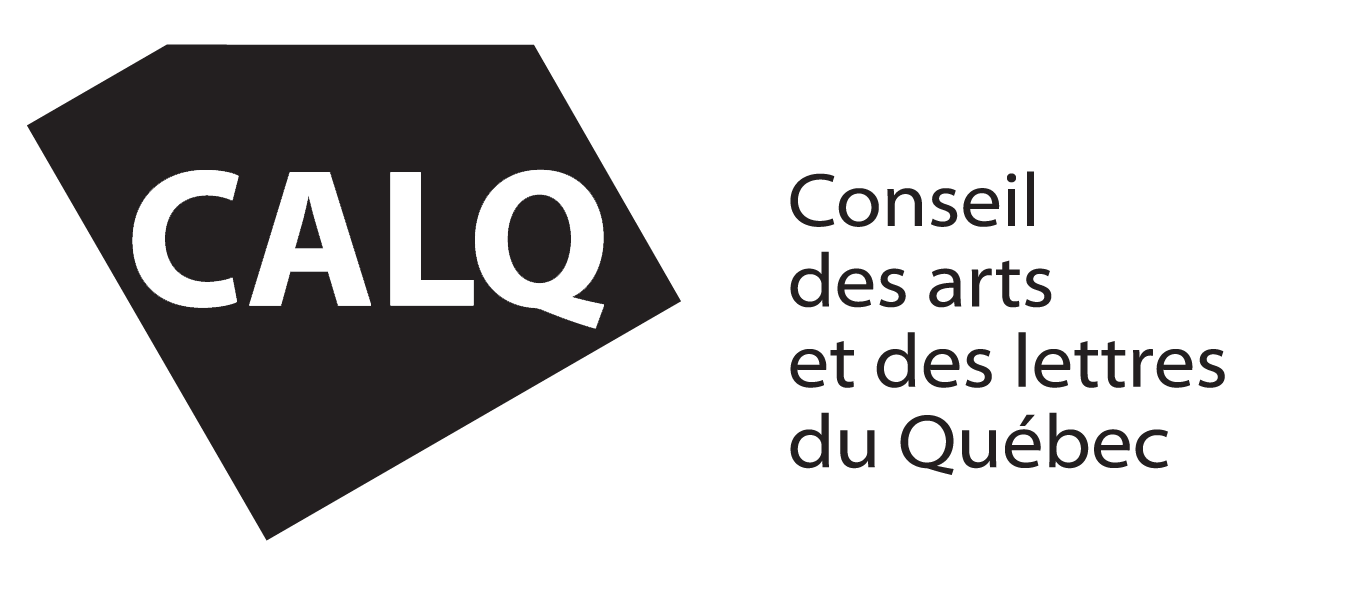Joseph Houston — Quietly Rising


Opening with Bryn Harrison’s soft and luminous Quietly Rising, this program explores the edges and depths of the piano’s resonance, uncovering hidden and hushed corners of sound and beauty in various guises.
The use of electronics, including a blended doubling of the piano, sine waves, and other prerecorded electronics, illuminates both existing aspects of the instrument, as well as revealing dimensions previously obscured or unrealised. Repetition forms a central idea through which each of the works unfold, the program reaching its conclusion with the ecstatic energy of Cassandra Miller’s Philip the Wanderer.
Consisting of a collection of repeated hushed phrases — each slower than the last — Bryn Harrison's Quietly Rising is a restrained albeit spatially expansive release of the piano’s sonority. By meticulous use of the sustain pedal, a shimmering, gently sifting harmonic field is created of which a distinct aspect is revealed in each successive iteration. The second piece, Duo, sees the seamless melding of identical material presented by the acoustic piano and its pre-recorded acousmatic double. Eschewing any means of coordination however, these two lines necessarily diverge, constantly entering into and out of focus. Silence and vertical chords interrupt the landscape until finally a restless, but ultimately static, cloud of gradually shifting, nearly inaudible pitches takes over, drawing the ear into a flickering void. In her piece Constellations I-III, composer Chiyoko Szlavnics combines the piano with sine waves to create a delicate and fragile soundscape. Variously perceived as a single expanded instrument, or as distinct entities, Szlavnics painstakingly traces a beautiful and otherworldly sonorous architecture.
The first half of the programme concludes with Linda Catlin Smith's The Underfolding: a work whose multi-layered harmonies and colours establish a meditative and deeply textured landscape. The composer writes: "I wanted to find a way to condense the texture of my compositional world. Since the piano can sustain, there is an inherent possibility for the layering of sounds, like the undertones in painting, where many colours can be layered to create an overall hue or atmosphere....There is a sense of hidden or implied melody everywhere, clothed in the surrounding pitches and shades, though there is a line, a deep melody, that is unadorned.” Ágnes Wrote, by Max Murray, is a vertiginous exploration of the deep resonances of the piano. The sounds of prerecorded bass drums, piano resonance and sine waves envelop the acoustic instrument, slowly revealing a formal architecture at once tectonically vast, and intensely intimate, often held at the the threshold of the audible.
The last piece in the programme, Cassandra Miller’s Philip the Wanderer, is a three-movement work based on transcriptions of Mandowa II, played by the Mozambican musician Zhukake Masingi. The piece begins in the lowest octave of the piano before a distant melody gradually moves to the sonorous fore. The second movement’s descending scales are interrupted by the increasingly ecstatic chords before the feverishly joyous world of the third movement drifts away into the piano’s upper octaves.
Presented with the support of the Goethe Institut

Program
- : Quietly Rising , 2008
Bryn Harrison -
- : Constellations I-III , 2011
Chiyoko Szlavnics -
- : Ágnes Wrote , 2020
Max Murray -
Artists
Watch and listen
Joseph Houston presents Quietly Rising
Representation(s)
Place
Pricing
| Solidarity | 40$ |
| Regular | 30$ |
| Reduced | 20$ |







